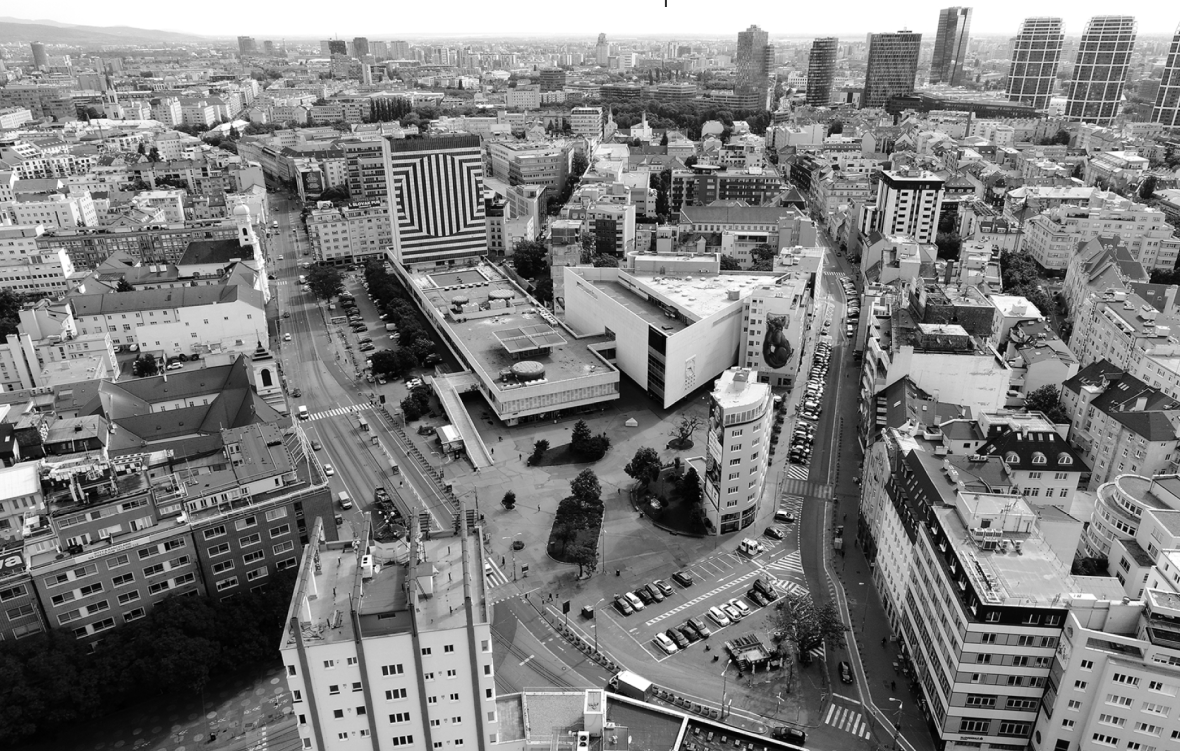Alliance Old Market Hall and SGI Institute (Slovak Governance Institute) have introduced today their joint project Vivid Square, which should be starting point of the SNP and Kamenné Squares revitalization to a functional and accessible urban space.
The project has been built up for more than two years, with the cooperation with the architecture studio 2021 and Laboratory of the Landscape Architecture (LABAK), as well with the participation of the City of Bratislava, capital of Slovakia.
A comprehensive study was completed based also on the reports and ideas from the experts, residents and visitors of the city. Based on the longterm analyses and surveys, it provides solutions on how to create a unified public space through simple changes on SNP and Kamenné Squares.
„The most interesting outcome of the project was, that after the data was collected and consulted with the experts, the most simple solutions proved to be the most effective. For example, just with the relocation of the free parking places from the bottom to the top part of SNP Square, we achieve approximately 30% less cars on the square,“ says Ctibor Košťál from the SGI. Besides hundreds of pages with data and analyses, the project includes several corresponding Quick Wins solutions. These solutions can significantly contribute to the improvement of the conditions on the squares and at the same time they are neither costly nor time-consuming. „Some of the Quick Wins have already been implemented in front of the Old Market Hall, also thanks to the partnership with Volkswagen Slovakia. Last year the trees were trimmed, permanent seating, lighting and cleaning service were provided. We take care also of small adjustments on the square and the result is a functional urban space, where many Bratislava residents and tourists meet and spend time. These simple, but functional changes are exactly what we suggest to implement in the whole space,“ adds Gábor Bindics from the Alliance Old Market Hall.
However, this is not where the project ends. The completed documents and collected information can also be a starting point for the public urban-architecture competition, which should be a legitimate tool to establish a longterm strategy and complex solutions for the future of the squares.
